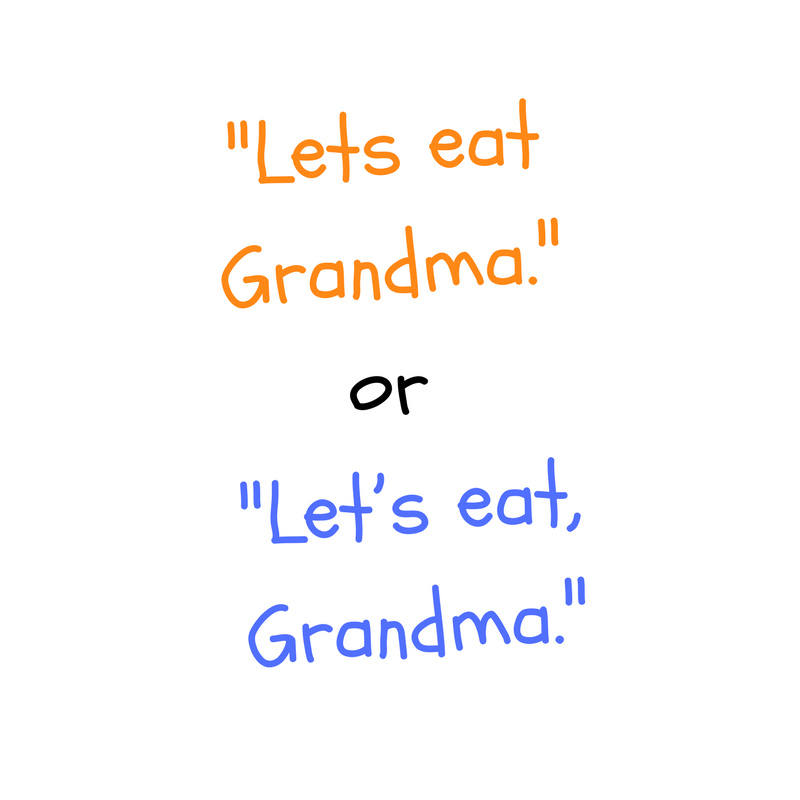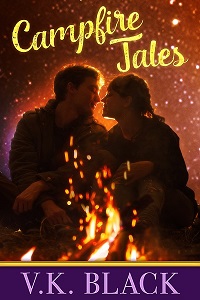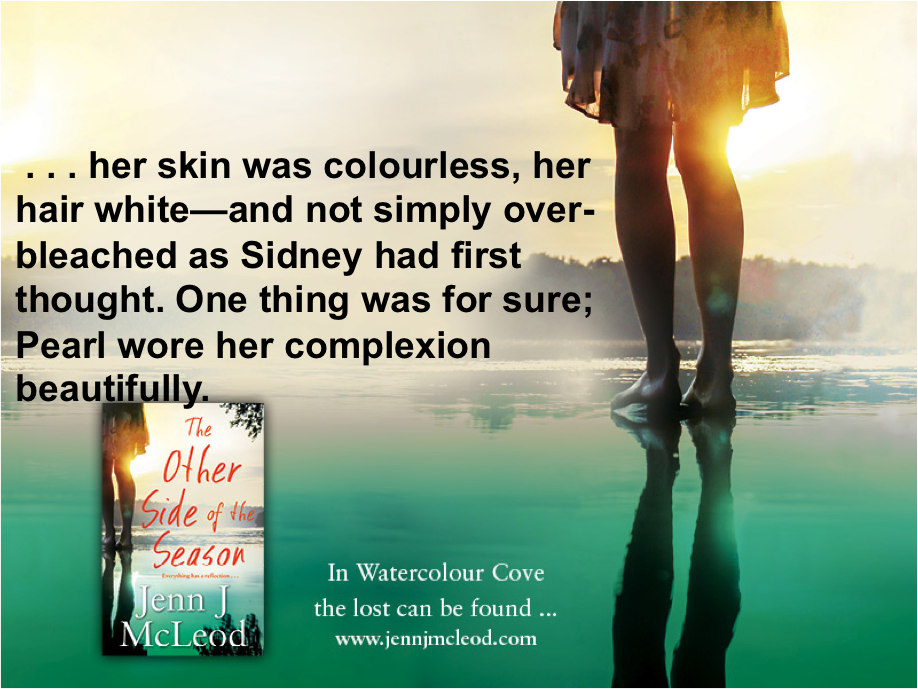
 There are faster, easier, more caravan-friendly roads to drive between Coffs Harbour and Victoria. We chose the more scenic coastal route—The Princes Highway, which is less highway and more a bitumen goat track (a drunk goat, in parts).
There are faster, easier, more caravan-friendly roads to drive between Coffs Harbour and Victoria. We chose the more scenic coastal route—The Princes Highway, which is less highway and more a bitumen goat track (a drunk goat, in parts).
Our reason?
My family holidayed on the south coast when I was very young (Ulladulla, Kiama, Batemans’ Bay) but we never went as far south as Eden.
We knew the road would be challenging with 25 feet of Myrtle The Turtle in tow, but the town of Eden was a bit of a bucket list town for me. I’m not sure why, although I am certain it was not for any biblical reference: no gardens, naked men, or apples tempted me. The only temptation was the stunning Two Fold Bay and had the temperature not been single digit and the wind gale-force, I might have had a quick dunk, despite tales of killer whales.
Eden did teach this roving writer something about the power of a single word in storytelling and how reader interpretation can change the story—and that’s not a bad lesson for any author.
My lesson.
What I learned is how our words can incorrectly influence our readers and my teacher was those so-called ‘killer whales’.
You see, the Killer Whale did not get their rather unfortunate name from hunting down and snacking on humans, as I’d always assumed. They were, in a way, man’s friend, even when whale oil was a much sought after commodity in the 1800s. Twofold Bay legend of that time tells of the Killer Whale being the first known sea creature to work in ‘partnership’ with people. I recommend you read this more detailed (and short) version by Australian Geographic about the cleverness of these giants of the sea, and how they protected their species from whalers in search of whale oil, by herding the unsuspecting humpbacks (and other species) in to be killed instead. Extract: from the Australian Geographic article:
“Whaling in Eden took off in 1828, but it wasn’t until 1844 that stories of the peculiar behaviour started to emerge. Eyewitnesses talked of orcas prowling the entrance of Twofold Bay for migrating humpback, blue, southern right and minke whales. Using the unique geography of the bay, the waiting orcas would ambush whales that were vastly bigger than themselves – ripping at fins, diving over their blowholes, and forcing them into shallower waters for the whalers to finish off. Once a whale was dead, they’d feast on the lips and tongue, leaving the rest of the carcass for the whalers.”
So, when a killer is not necessarily a killer.
That’s how the killer whale got such a demonised name and reputation. Not by eating people! Over the years, legend and misunderstanding has seen the single word ‘killer’ interpreted in different ways and this is the lesson for writers.
We need to choose and use our words carefully. We need to look at words in context and understand that a single word can have different meanings or be misconstrued.
We need to be as careful with our word choices as we do our commas and apostrophes. Or else when someone says, “Let’s eat Grandma” we are not perceived to be killer grandkids when what we really mean is: “Let’s eat, Grandma.”

Discover more about at the Eden Killer Whale Museum.






 Meet Pearl…
Meet Pearl… You might have noticed I thanked Dr Shari Parker in my acknowledgements. If you Google the name, or go to the
You might have noticed I thanked Dr Shari Parker in my acknowledgements. If you Google the name, or go to the 
